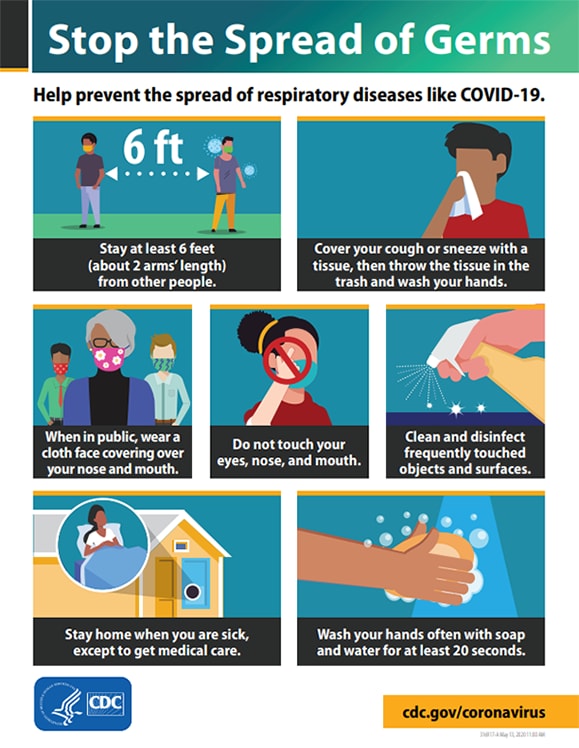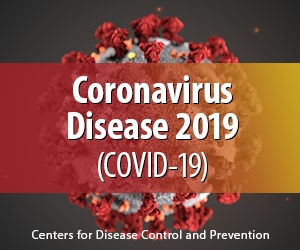





Coronaviruses are typically transmitted from person to person through respiratory droplets and close contact. When someone coughs or sneezes they spray small liquid droplets from their nose or mouth which may contain virus. If you are too close, you can breathe in the droplets, including the COVID-19 virus if the person coughing has the disease.
In the U.S., COVID-19 cases include:
The CDC recommends everyday preventive actions to help prevent the spread of respiratory viruses, including:
If you exhibit symptoms and think you may have been exposed to the coronavirus, please call ahead before visiting a health-care provider. This will help them take steps to prevent passing the infection to other people.